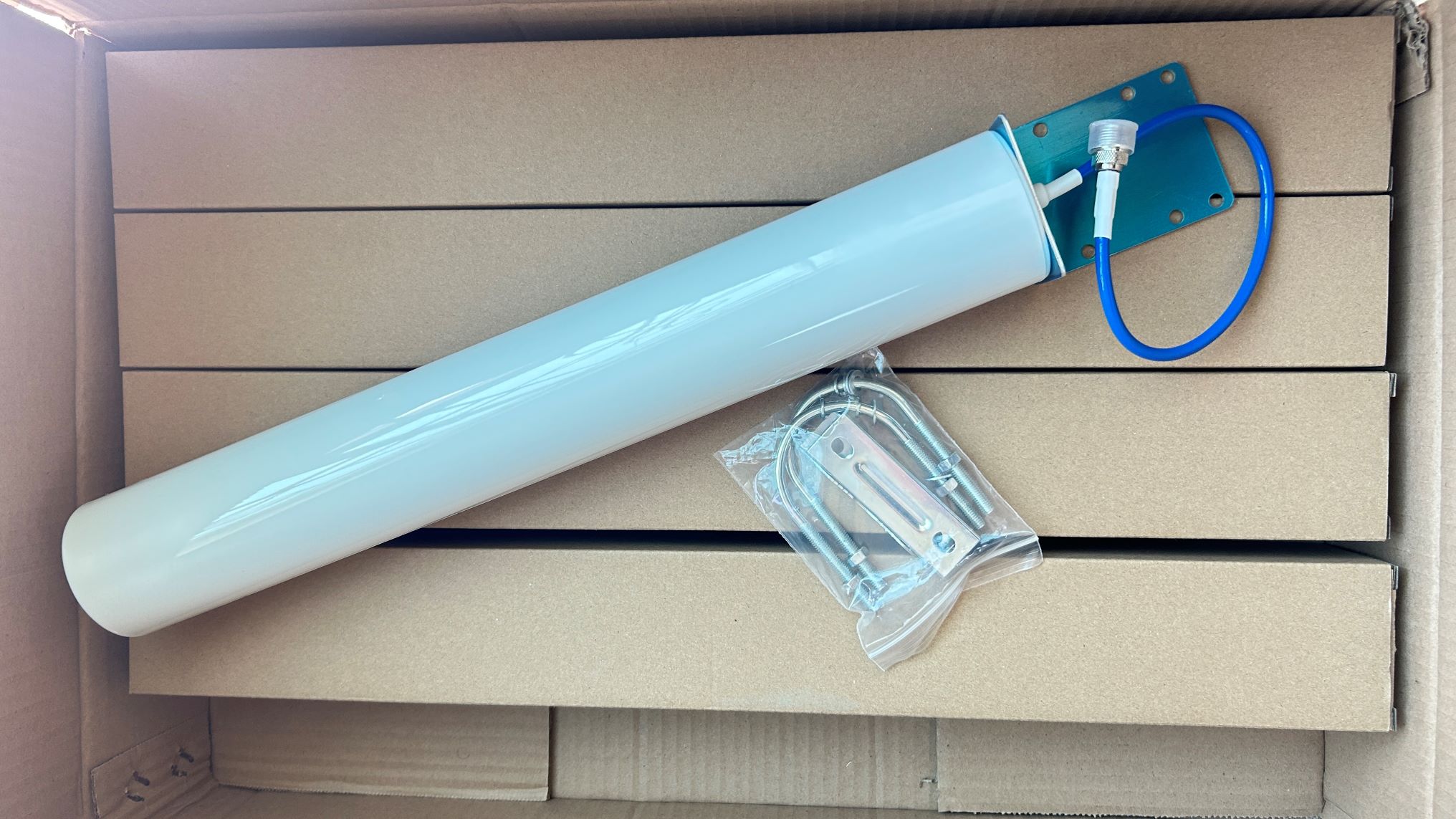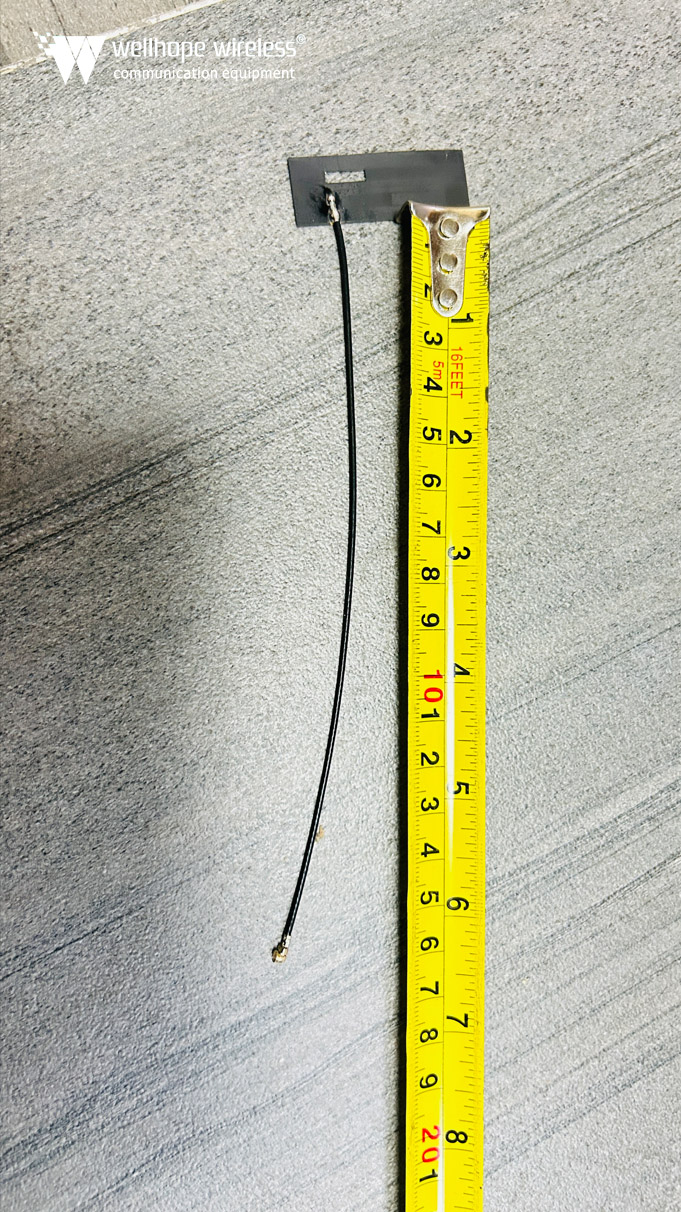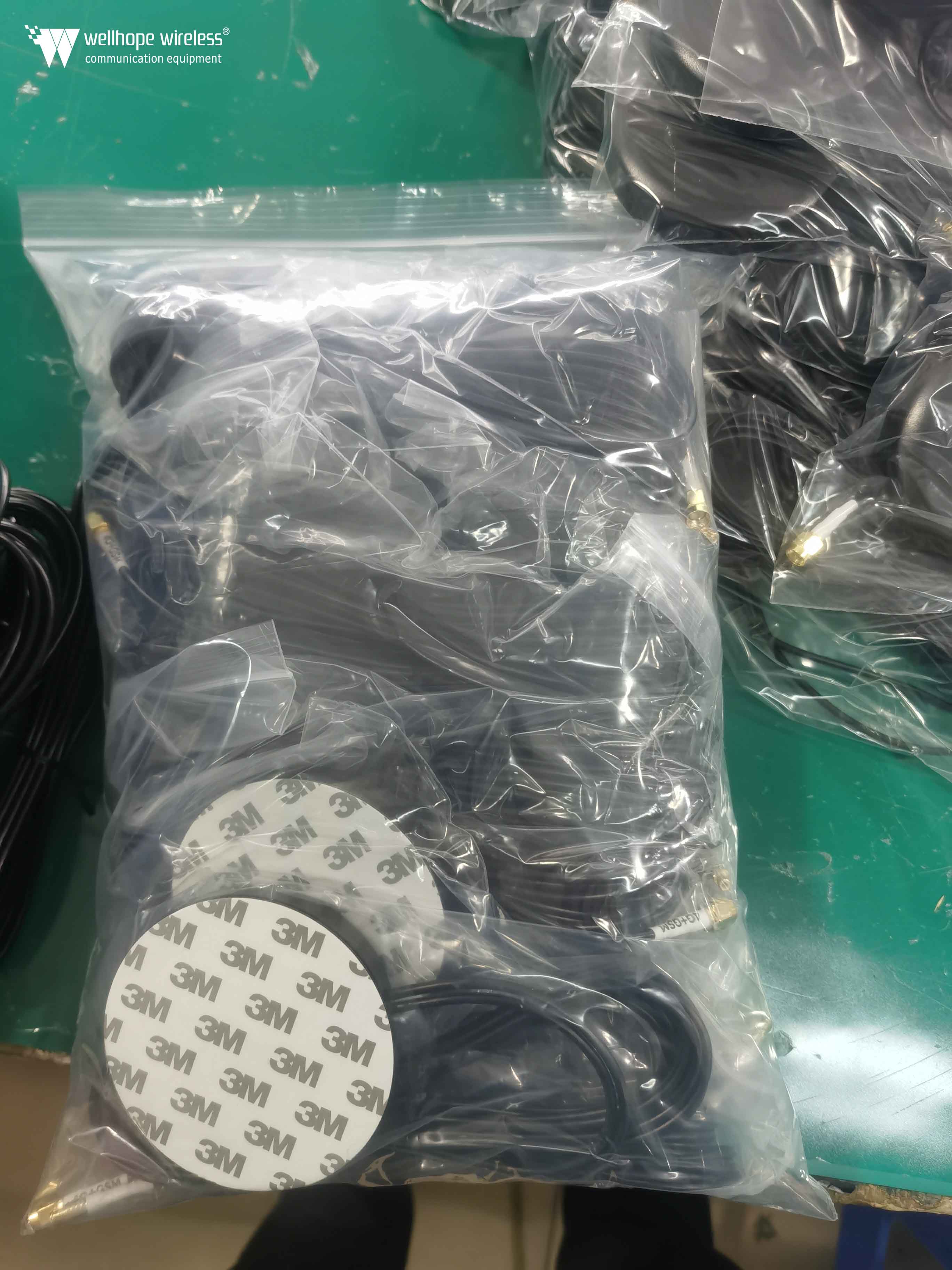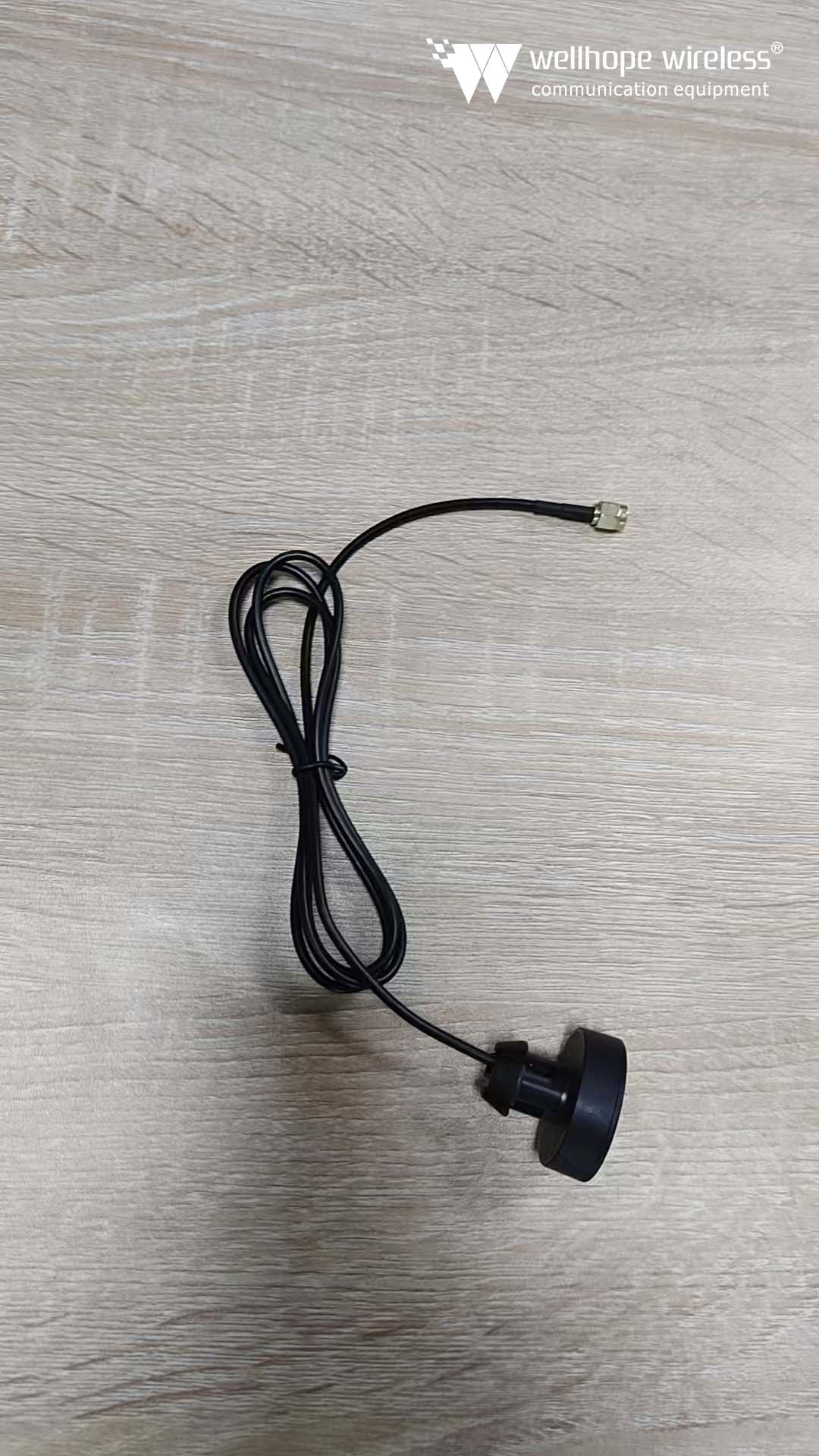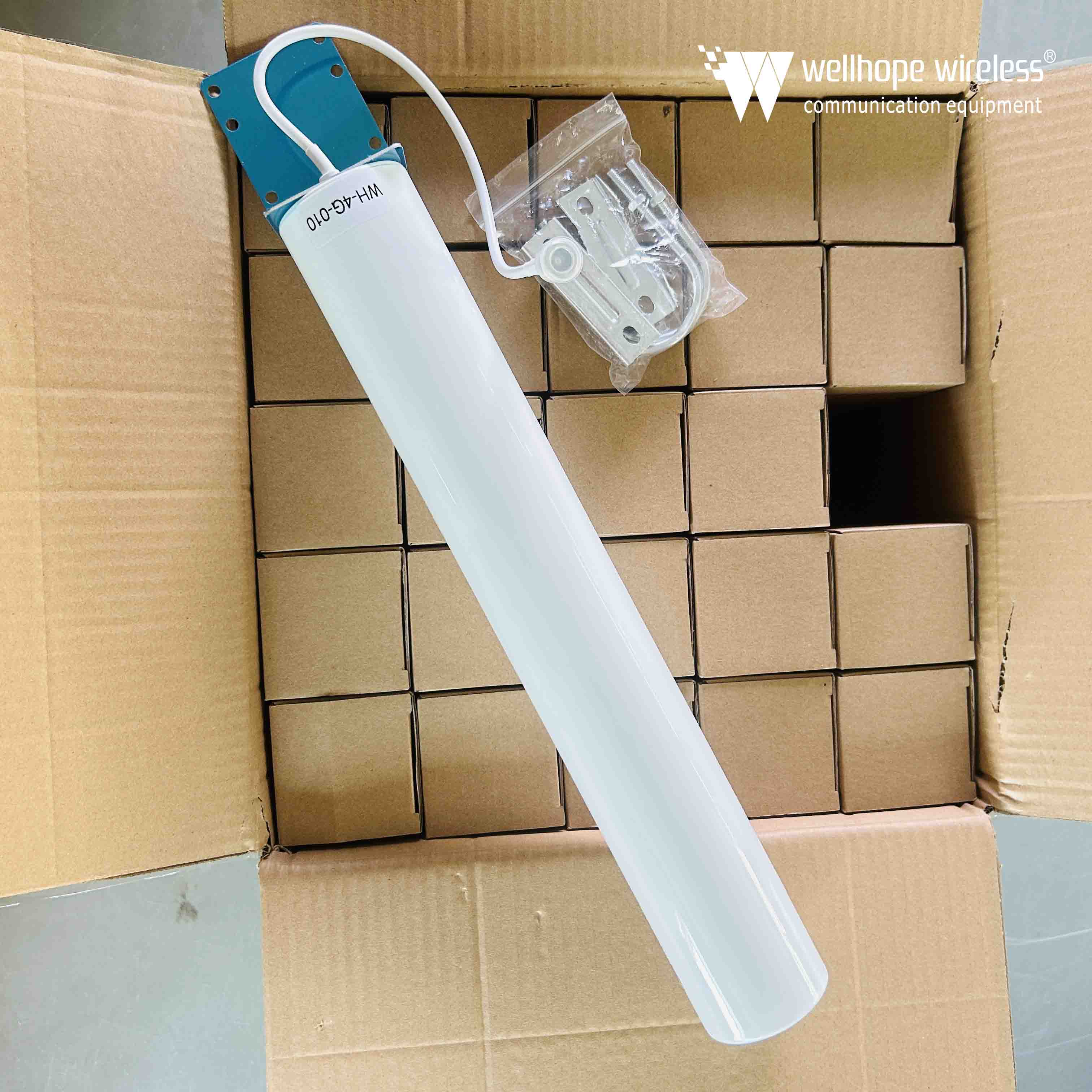Industrial wireless network is unreliable? Not dare to use it? That is because the design and implementation work has not been done well!
Expected to finish reading in 10 minutes
Industrial environments have many common attributes: they are dirty, no isy, and cause many obstacles or interferences to radio frequency propagation. In the long run, it will be difficult for consumer wireless devices to work normally in this harsh environment. The equipment must be tailored to the operating environment-industrial installations do not follow standard design rules. On-site investigations are useful, but the presence of electrical noise and mobile equipment, large metal structures, and even the presence of factories in the industrial process may have a significant impact on signal propagation.
Industrial wireless access point
Compared with office installations, industrial installations require more wireless access points due to the large number of signal interruptions. Due to the topology of industrial facilities, it may be necessary to use directional antennas. For example, a warehouse requires the use of directional antennas to guide radio frequency down to narrow aisles between metal racks. These metal racks may be filled with metal or some material that absorbs radio frequency.
There may be electric motors and moving objects everywhere in the factory floor, such as forklifts and overhead cranes. Certain manufacturing requires liquid coolants. These liquid coolants can generate vapor, spray, or splash, which can disrupt transmission or cause wireless devices to get grease or water. Some processes require the use of electric arc welding, which will generate a powerful broad-spectrum noise signal, which will interfere with many radio frequency signals.
The first parameter to consider is the working environment. Considering the above situation, the most obvious problem is the device casing. Choosing the right casing is the most basic technical indicator, which can protect the access point from environmental factors.
Industrial cabinets using NEMA definition or IP classification system can simplify the design specifications, but the equipment engineering department is required to classify the specific area where the equipment is installed. It is not the correct method to imagine which cabinets are suitable, and it will lead to premature and unexpected system failures. . All industrial environments are different and need to be assessed on a case-by-case basis.
Another option is to place the wireless device outside the harsh environment and install a distributed antenna system (DAS) to provide radio frequency to the required area; however, this is usually impractical and will greatly increase the installation cost. A thorough understanding of the signal propagation through the distributed antenna system is required, and the operation through the cable and directional signal splitter or coupler system is required. The design of this system may be difficult.
A single antenna driven by a single access point is another option, but it requires the use of multiple access points throughout the facility in each controlled process. For small workshops, this may be an option, but for large workshops, this may be problematic. The economics of a distributed antenna system is that one transmitter can drive multiple antennas, but care must be taken to ensure that it has enough power. The main attenuation factors are cables (in terms of length) and directional splitters, which essentially exhibit directional attenuation.
The antenna is a key factor in the design of industrial wireless networks. In an office environment, a simple dipole antenna (such as the antenna on a home wireless router) is sufficient to provide propagation to the area. Taking a warehouse environment as an example, we can see that the selection and placement of suitable antennas are crucial to the reliable operation of the network. In addition to bandwidth and capacity considerations, propagation is also the main consideration.
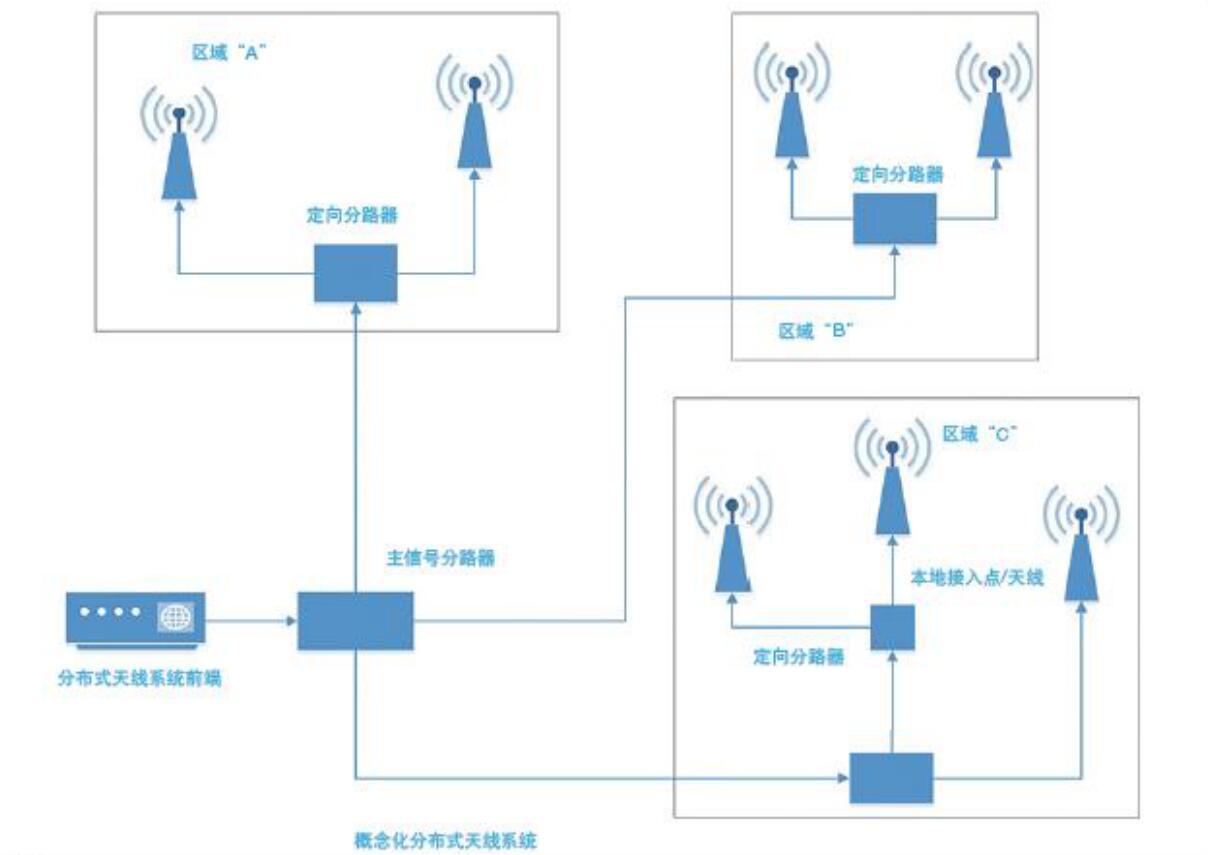
The warehouse has large storage racks, long aisles and mobile equipment. The inventory on the shelf will absorb and reflect radio frequency signals, depending on the material. For example, a bottling plant may store pallets filled with bottled water on metal shelves. This is the worst-case scenario, because the water in the bottle will weaken the signal, and the metal shelf will reflect the signal. Wireless devices may be installed on mobile devices (such as forklifts or pickers). In addition, the metal cage of the operator can also cause common reception problems. Metal cages will severely attenuate RF signals; it is recommended to use an antenna outside the cage for best performance. Industrial access points are expensive, but they are designed for these applications and can do their job well.
There are several configurations of directional antennas. The most important parameters are beam width and amplification. The beam width is the angle of the radio frequency propagating from the antenna and is shown on the polar chart. For example, Yagi's beam width is very narrow, narrow in the transmission direction, and directional in the transmission direction. This is measured at the -3dB point on the polar chart.
The magnification determines the distance the signal will travel at a given frequency. Directional antennas can also avoid attenuation or interference sources by focusing the radio frequency in a specific area, and because the antenna performance is reciprocal, so receiving signals from the focused area will also obtain regional received signals and will also obtain regional received signals, and inherently rejects Surrounding electromagnetic interference (EMI) sources. Both of these factors can be used to determine which antenna is suitable for the application.
Bar code readers need a stable and continuous connection to correctly transmit inventory information back to the facility server. To avoid bandwidth issues, the general experience is to install directional antennas at both ends of the aisle to ensure adequate coverage throughout the aisle, and gradually adjust the power level to provide a well-defined propagation cone without interference. However, because the configuration and inventory of all facilities are different, the solution cannot be generalized.
The influence of electrical noise on signal
In the manufacturing environment, electrical noise and mobile equipment are the main interference factors for signal propagation. From a social perspective, the use of wireless technology to monitor and control equipment is very forward-looking and disruptive. The entire facility can be unattended like wired network technology. Wireless technology provides greater flexibility for equipment placement and reduces implementation costs.
Depending on the frequency used, electrical noise will cause the signal to be interrupted or have more or less effects. At higher frequencies, unless the noise is generated by broadband noise (such as generating equipment), and the noise generator generates electromagnetic interference in a wide frequency spectrum, the impact of EMI is negligible. At the frequency of The impact of EMI can often be ignored, unless the noise is generated by a broadband noise generator (such as arcs, which generate EMI in a very wide frequency spectrum.
Low frequency bands (VHF and UHF) are more susceptible to noise and harmonics generated by motors, solenoid valves, etc. In the case of isolation, the technology will be effective. Without proper isolation, a room full of arc welders or inverters may cause serious damage to wired and wireless networks. Other equipment (such as line reactors) may also magnetically couple to the antenna cable and cause actual damage to the transmission equipment. Discuss with wireless network integrators how equipment handles noise and their noise suppression methods.
Proper placement of the access point or antenna, such as above a manufacturing area containing controlled or monitored equipment, will focus the radio frequency on that area. This placement can avoid signal reflection interference from forklifts or other equipment. Of course, it is a good choice to place the access point locally in the device to avoid wiring costs.
For critical processes, Faraday cages can be placed around the processing area (or EMI source) and around the wireless access point. Electromagnetically isolate the area from the surrounding facilities so that the wireless connection will be stable and continuous. However, this is an expensive one and is only used in critical processes and where conventional network wiring is not feasible.
Installing a distributed antenna system (DAS) outside the harsh environment to provide radio frequency to the required area is another solution, but its high cost can be an obstacle. Image source: Daniel E. Capano
Security issues of wireless networks
Before the implementation of Industrial Wireless, the rules for investigating industrial facilities and office project investigations were different. In the office survey, the goal is to provide coverage capacity and at the same time determine the area and source of attenuation. For example, concrete elevator shafts and microwave ovens are also the main factors for follow-up surveys. The focus of industrial field investigation is coverage and capacity, but it is also necessary to determine potential sources of EMI that can cause signal interference, periodic interference and reflection from mobile devices, and process-specific materials, liquids, and processing equipment. Displacement in order to design the periphery.
Attention should be paid to separate industrial wireless networks from corporate networks. Cyber security and proper cyber hygiene are important components of the overall system design. The firewall is used to provide controlled access rights, allowing authorized personnel to upgrade equipment or load new programs into the upgraded equipment, or load new programs into the upgraded equipment, or install new machine tools or scanners.
Whether an intrusion detection system is integrated or superimposed, it is a good investment for automation or networking facilities. Based on training, equipment selection, and defense layer, the facility will provide adequate protection against attacks. However, this cannot replace monitoring and vigilance.
As wireless technology becomes more robust and inexpensive, its applications will become more popular. The elimination of wiring provides companies with more opportunities: flexibility, efficiency and profitability, all of which can be achieved through wireless networks. Machinery or production equipment can be moved without worrying about network wiring, and can be grouped in a more efficient and space-saving way.
Based on correct investigations and informed design decisions, from the perspective of reliability and stability, it is very important for companies to have trained and certified wireless professionals.
The interruption of important technological processes will result in a large number of unexpected expenses and material losses. Take some time to thoroughly understand the peculiarities of different industrial environments, so that the correct matching of wireless devices to the environment is the secret of successful implementation.
Wellhope Communication Equipment Factory
www.whwireless.com


















 News
News
